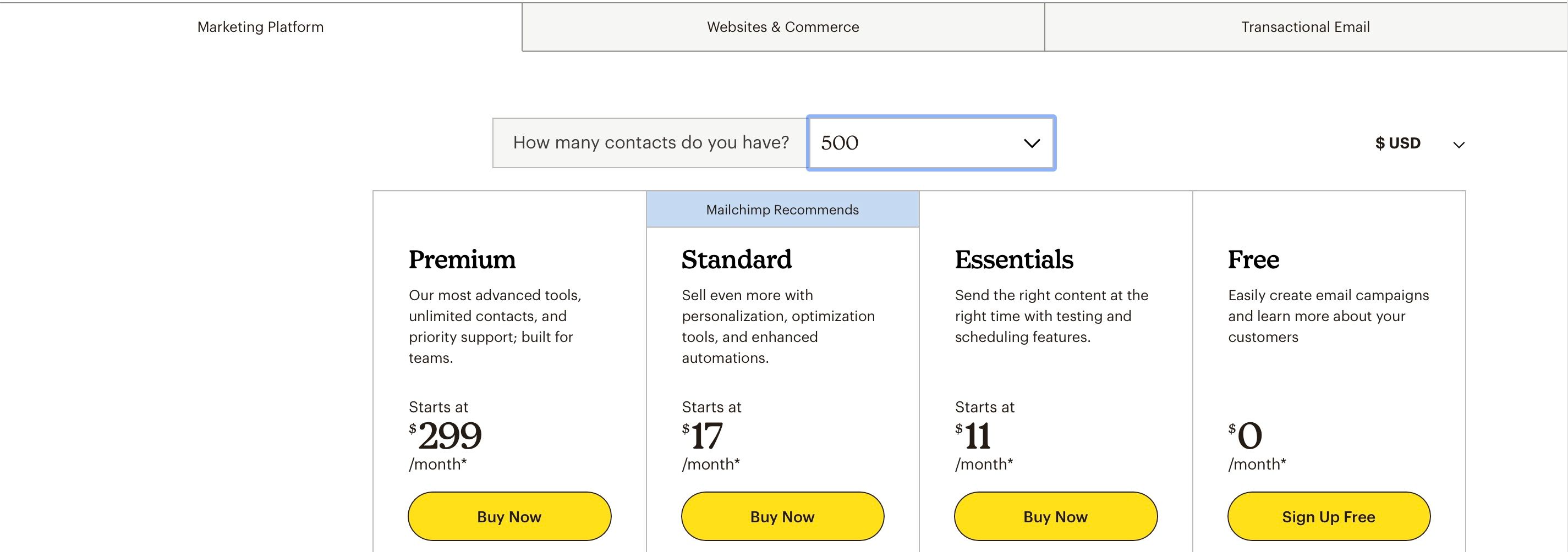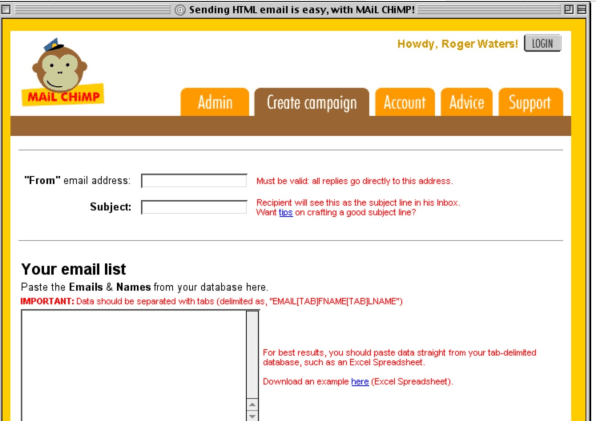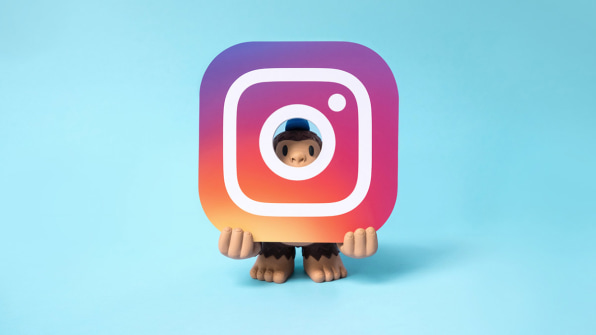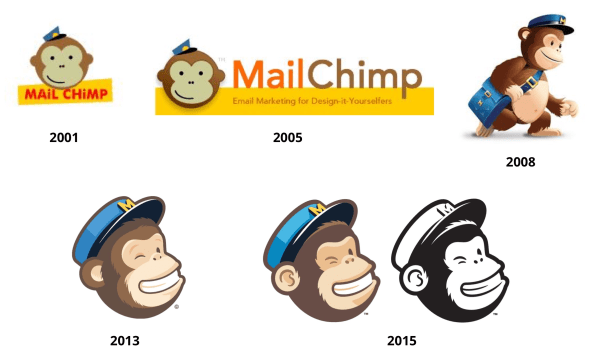Compared to the beginning of the 21st century, you’ve got plenty more ways to keep in touch with your audience. For example, social media has boomed, and podcasting has become incredibly popular. But despite all that, email marketing remains one of the best ways to engage with your audience.
Creating an email marketing list has several advantages; perhaps the biggest is that you can talk directly to people that have permitted you to do so. On top of that, you can promote any new products or services you release. Mailchimp is one of the best tools for managing email marketing campaigns. But what exactly is it, and how does it work? That’s what we’ll discuss today.
What Is Mailchimp?
Mailchimp is an email marketing platform that has been around since 2001. Since then, it has grown into one of the most popular tools for managing mail campaigns on the web. The company is headquartered in Atlanta, Georgia, and is well-known for its quirky branding and marketing campaigns.
Today, Mailchimp is owned by Intuit—which trades publicly, and bought the company for $12 billion in 2021. Mailchimp has more than two million monthly active users and over 13 million in total. The company generates well over $500 million in annual revenue.
How Much Does Mailchimp Cost?
Mailchimp has a wide selection of pricing plans available, and the amount you pay will depend on multiple factors. Pricing varies depending on the number of email subscribers you have, and you’ll also need to consider the service you want to use.
If you have fewer than 500 contacts in your email list, you can use Mailchimp for free. The free version allows you to send up to 2,500 monthly emails, and you can benefit from multiple third-party integrations. On top of that, you will also find an easy-to-use email creation tool.
Mailchimp has three paid tiers, too. If you have fewer than 500 contacts, you can get the Essentials subscription for $11 per month. You can add up to three users to this plan, send as many as 5,000 emails, and have up to 50,000 people in your contacts.
You can also use Mailchimp Standard, which costs $29 per month—and this is good for up to 100,000 contacts. Meanwhile, Premium—which gives you unlimited contacts and allows you to send up to 150,000 emails per month—costs $299 per month. Note that all of the above prices increase as your subscribers rise. You will also need to pay additional fees if you exceed your monthly allowance.
Does Mailchimp Have Third-Party App Integrations?
Regardless of whether you’re a creator or running a full-scale business, you will probably use multiple apps. These could range from communications tools like Slack to note-taking apps such as Notion or OneNote.
To reduce the amount of strain you place on your brain, you’ll ideally want to keep all your apps in one place. And with Mailchimp, you have the opportunity to do precisely that. Mailchimp lets you integrate multiple third-party apps, including:
- Shopify
- Stripe
- Zapier
You can also sync your contacts from multiple places elsewhere, including Salesforce and Squarespace.
Can You Use Mailchimp on Different Devices?
If you don’t want to limit managing your email marketing campaigns to your computer, knowing where else you can use Mailchimp is a good idea. For users with Apple devices, you can download an app for your iPhone or iPad. Mailchimp also has an app for Android users.
Download: Mailchimp for iOS | Android (Free, in-app purchases available)
What Can You Do With Mailchimp?
Now that we’ve discussed more about what Mailchimp is, let’s look at what you can do with the platform. In the sections below, we’ll mention the main things that Mailchimp is useful for.
1. Manage Subscription Lists
As your mailing list grows, you’ll want to manage your subscriptions—especially when you’ve already seen that Mailchimp can get expensive. Fortunately, managing your contacts in Mailchimp requires little effort. When using Mailchimp, you can easily add or remove people from your subscription list.
To get rid of contacts, go to Audience > All contacts > Manage contacts. Then, select Unsubscribe addresses from the dropdown menu. Type the users you want to unsubscribe from your list before selecting the Unsubscribe button. You can also use Mailchimp to manage subscriber preferences, import contacts, and add new subscribers. The app also lets you manage messages you receive from others.
2. Create Campaigns
One of the main reasons that people use Mailchimp is to create email campaigns. And if you want to produce messages, you don’t need to have experience in coding or graphic design; everything is straightforward. In Mailchimp, you can create both emails and landing pages. With both, you’ve got a good selection of customization options—including the ability to upload your own images and logos.
You can also use Mailchimp to make embedded forms. To access all of these, go to Create in the top left-hand corner—before choosing the form of media you’d like to begin making. When using Mailchimp, you can also use the Creative Assistant to help you produce better campaigns with minimal effort.
3. Track Analytics
When you run an email marketing campaign, tracking success is crucial. And in Mailchimp, you’ve got a selection of tools to help you do precisely that. If you go to Campaigns > Email Analytics, you can discover the click-through rate of your emails. On top of that, you also have the ability to see how many users opened your message.
Mailchimp offers a couple of other handy analytics tools. For example, you can find out how much money you’ve made from each email. Moreover, you can find how many users unsubscribe from your messages.
4. Create and Automate Customer Journeys
As your business grows, you’ll want to automate as much of the manual stuff as possible. And if you use Mailchimp, you will find it much easier to do so. When you expand the Automations tab, you’ll find a wide selection of tools that will let you send welcome emails, order confirmations, and much more.
To use tools like sending emails, you will need to sign up for a paid subscription to Mailchimp. It’s something to keep in mind in your early days, as welcome emails are handy for engaging your audience from the get-go. You might also want to check out some of the best email template builders for freelancers.
Mailchimp: An Excellent Email Marketing Tool to Manage Your Audience
If you’re looking for a beginner-friendly tool to manage your email marketing campaigns, you could do a lot worse than Mailchimp. The service offers plenty of features to get excited about, even if you only have a free plan.
When using Mailchimp, you can automate various communications with your audience. On top of that, you can easily create emails without needing to leave the app. With multi-device capabilities, too, you can keep track of everything on the go








